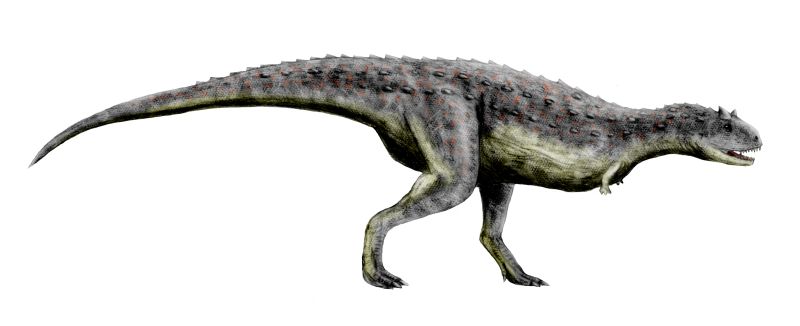The Meat-Eating Bull
Carnotaurus was a fearsome predator that lived around 70 million years ago during the Late Cretaceous period.

| Meaning | Meat-eating bull [Carno-taurus] |
| Pronunciation | kar-no-TOR-us |
| When: | Late Cretaceous (about 72–69 million years ago) |
| Where: | South America (present-day Argentina) |
| What: | Abelisaurid theropod (bipedal carnivorous) |
| Weight: | Estimated around 1.5–2 metric tons |
| Length: | Approximately 7–9 meters (23–30 feet) |
| Diet: | Carnivorous (possibly hunted large prey like other dinosaurs and small vertebrates) |
| Discovered: | First described by José Bonaparte in 1985 |
Its name means “meat-eating bull” in Latin, reflecting its powerful build and predatory nature. This dinosaur belonged to the theropod group, known for their sharp teeth, strong jaws, and bipedal stance.
One of Carnotaurus’s most distinctive features was its deep skull with horns above its eyes, giving it a bull-like appearance. These horns were likely used for display purposes rather than for combat. Carnotaurus had short, muscular arms with just two fingers, each equipped with a sharp claw.
This carnivorous dinosaur was relatively compact compared to other large theropods, reaching lengths of about 26 feet. It had a streamlined body built for speed, indicating it was a swift and agile hunter. Its diet primarily consisted of small to medium-sized prey, which it captured and subdued with its powerful jaws and teeth.
